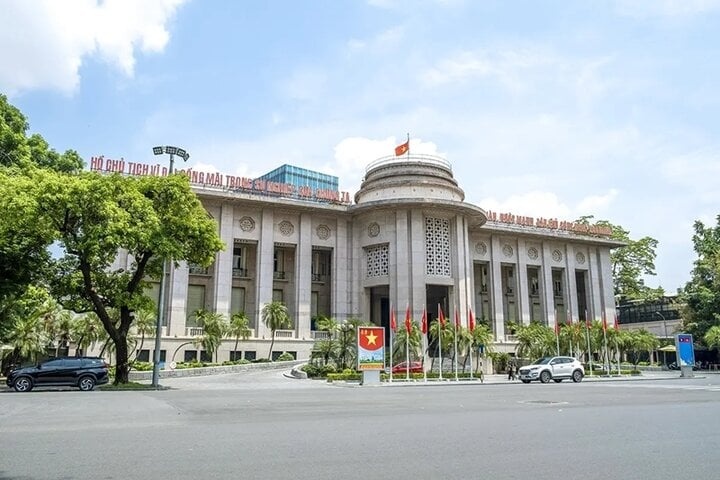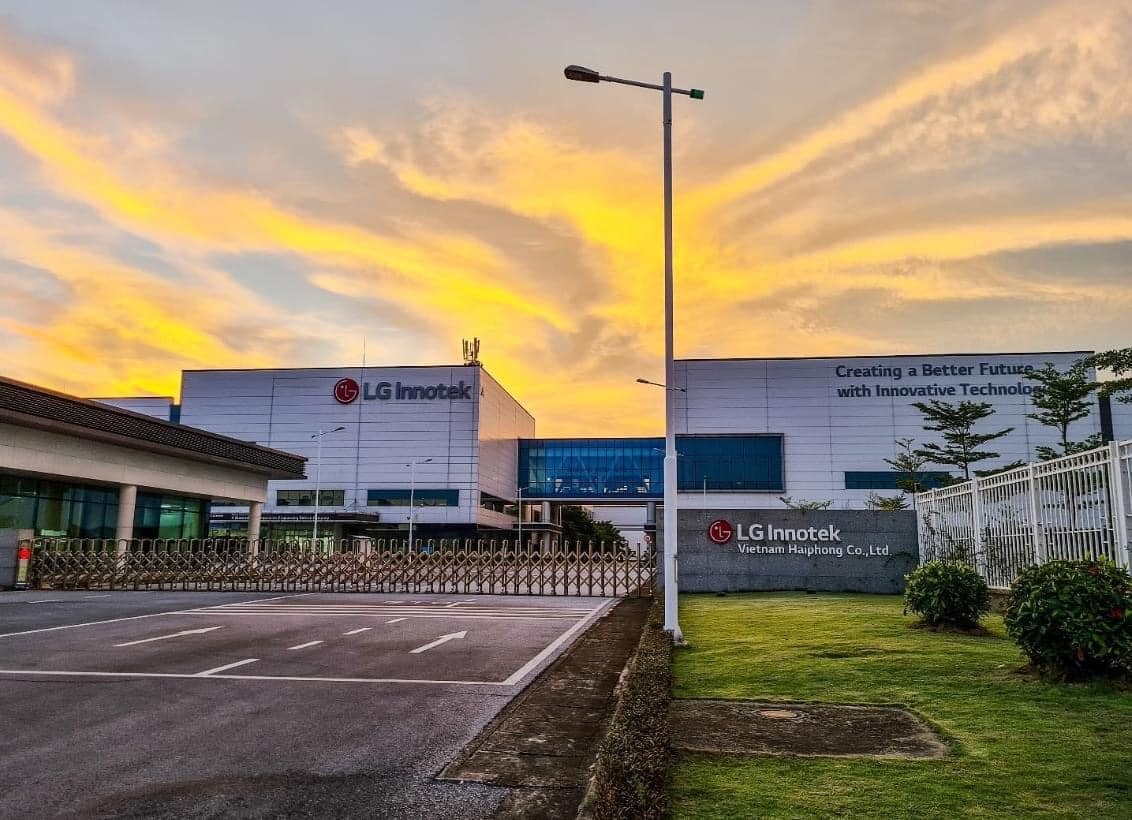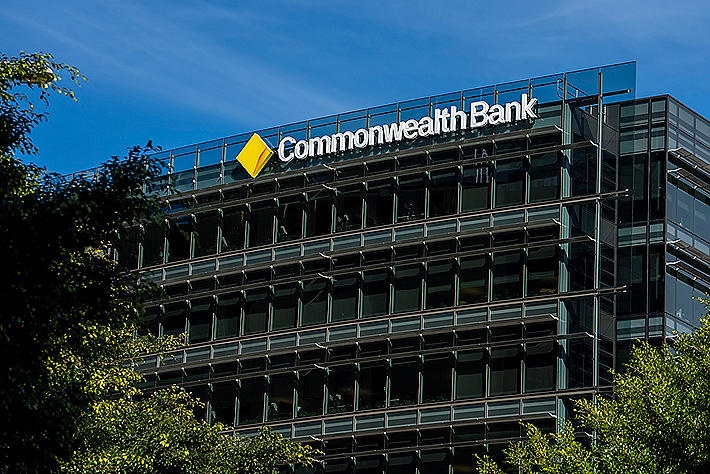Small banks will back to the wall
 |
| It is plain sailing for some big banks as small operators face choppy waters |
The refinancing rate has just been raised from 14 to 15 per cent per annum under Decision 2210/QD-NHNN, effective from October 10, 2011. This move pushed all local currency interbank rates up. The previous hike was in late April, from 13 to 14 per cent.
Specially, on October 13, the overnight interbank rate went up to 15-16 per cent, against 14.5-15 per cent on October 10. One and two-week term rates increased by 1.5 per cent and fluctuated around 16.5-17 and 17-18 per cent, respectively.
Hiked capital costs have pushed small banks into a corner. Many have already lost a chunk of their mobilised capital to large banks after being more restricted by a 6 per cent cap on demand and less than one-month deposits.
Although the State Bank pumped VND28 trillion ($1.34 billion) into the system through open market operations (OMO) in September, it is not easy for small commercial banks to access this capital source. According to Thang Long Securities analyst Luu Hai Yen, raising the key rate would mostly affect small banks’ liquidity.
“Large banks hold better valuable papers and can borrow from OMO and the rediscount channel at a rate of 13 per cent. Even when they have to borrow through the refinancing channel, they can lend on the interbank market with a higher rate to enjoy the differences,” said Yen.
Banking expert Dr. Nguyen Tri Hieu also argued that higher capital costs meant more liquidity difficulties for small banks which had already been in need of liquidity support. “However, those moves are necessary as they are the central bank’s flexible tools to stabilise the monetary market,” he said.
Trinh Van Tuan, general director of Orient Commercial Bank (OCB), said the new refinancing rate was reasonable from a market prospective as the interbank market rate had been higher than the refinancing rate.
Vietinbank deputy general director Le Duc Tho said the State Bank was the lender of the “last resort” for the market and if the refinancing rate was lower than mobilisation rate, commercial banks would prefer refinancing rate capital which was discouraged by the State Bank.
Dr. Le Xuan Nghia, vice chairman of the National Monetary Supervisory Commission, said small banks should focus on restructuring their investment portfolio, especially long-term real estate investments and concentrate on retail banking.
“Small and weak banks facing liquidity difficulties will have to accept mergers and acquisitions, which will become a trend in the long-term,” said Hieu. According to State Bank figures, customers’ deposits at credit institutions by September 23 increased by 9.82 per cent against the end of last year.
What the stars mean:
★ Poor ★ ★ Promising ★★★ Good ★★★★ Very good ★★★★★ Exceptional
Related Contents
Latest News
More News
- Assessing gold prospects for the rest of 2024 and beyond (October 26, 2024 | 10:48)
- ACCA welcomes 116 new members in Vietnam (October 26, 2024 | 10:45)
- Public debt indicators remain in alignment with expectations (October 25, 2024 | 15:37)
- SACE and SCIC sign MoU to strengthen cooperation between Italy and Vietnam (October 25, 2024 | 11:13)
- EVN Finance signs $30 million loan package with Dutch bank FMO (October 24, 2024 | 18:07)
- Year-end credit growth driven by industrial sector (October 24, 2024 | 14:34)
- Major bancassurance deals may be at peak (October 24, 2024 | 14:28)
- Banks' profit picture in Q3 creates mixed sentiment (October 24, 2024 | 11:44)
- Liquidity pressure “substantial” on Vietnam’s banks (October 23, 2024 | 21:00)
- Remittance fee drop could boost economy (October 23, 2024 | 19:00)



 Tag:
Tag:






















 Mobile Version
Mobile Version